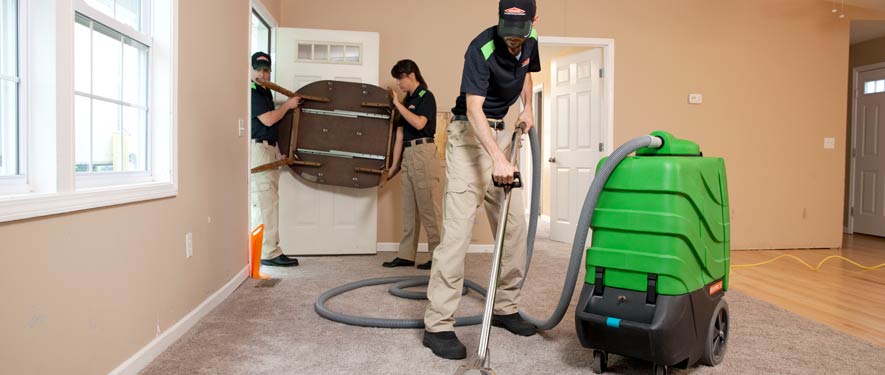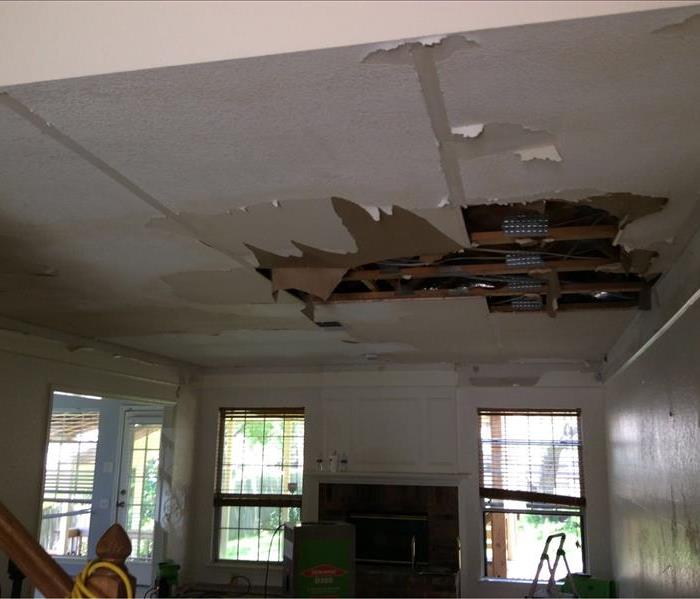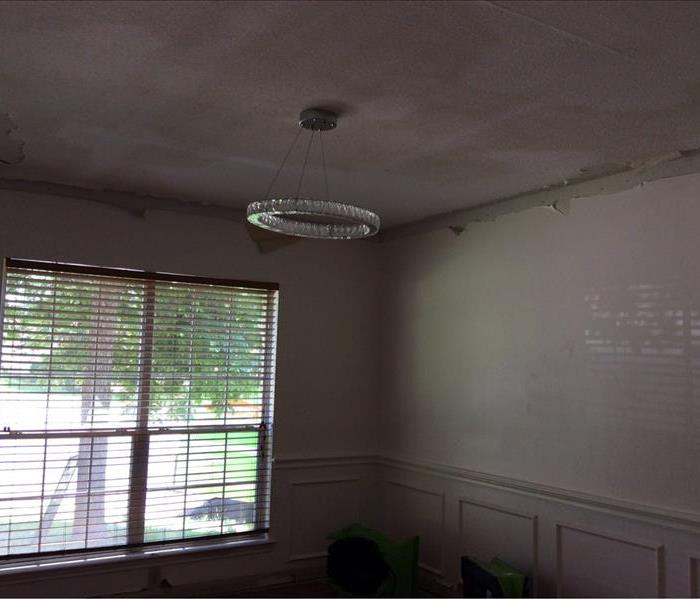
Step 3: Water Removal / Water Extraction
In emergent situations with a large amount of water damage that has left standing water throughout the home, many customers require immediate extraction of the water in their home. This step is where it is crucial to have the proper equipment to extract water because prior to drying, we must ensure that as much water as possible can be removed from the home. When you attempt to dry a home without extracting all of the standing water from a home, the drying process can be extended several days, ultimately costing the customer more money. At SERVPRO of Stone Oak, we remove all water from your floors before we place equipment in an attempt to save our customers money, and ensure that their home is returned back to normal as quickly as possible.
Move-Out / Pack-Out
If your home requires extensive restoration or cleaning, SERVPRO of Stone Oak can conduct an organized, efficient move-out to protect your belongings from further damage.
- Move-Out Service
Emergency Water Removal
Our highly trained technicians will begin the water removal process almost immediately. Depending on the amount of water, we may use powerful submersible pumps in addition to industrial strength, wet/dry vacuums. Removing most of the water helps reduce drying time and helps prevent secondary water damage and mold and bacterial growth.
- Remove Excess Water
- Use Submersible Pumps and Industrial Wet/Dry Vacuums
Inspect the Carpet Pad and Carpet
We inspect the carpet and pad and determine if they should be removed to protect the subfloor.
- Inspect Carpet Pad and Remove If Needed
- Inspect Carpet and Remove If Needed
Water Removal Equipment
- Moisture detectors, hygrometers, and other meters measure the extent of moisture saturation.
- Infrared cameras may be used to find “hidden” water behind walls and ceilings.
- Submersible and gas-powered pumps are used for continuous pumping of high-level water.
- Truck-mounted and portable extraction units perform efficient water removal.






 24/7 Emergency Service
24/7 Emergency Service




